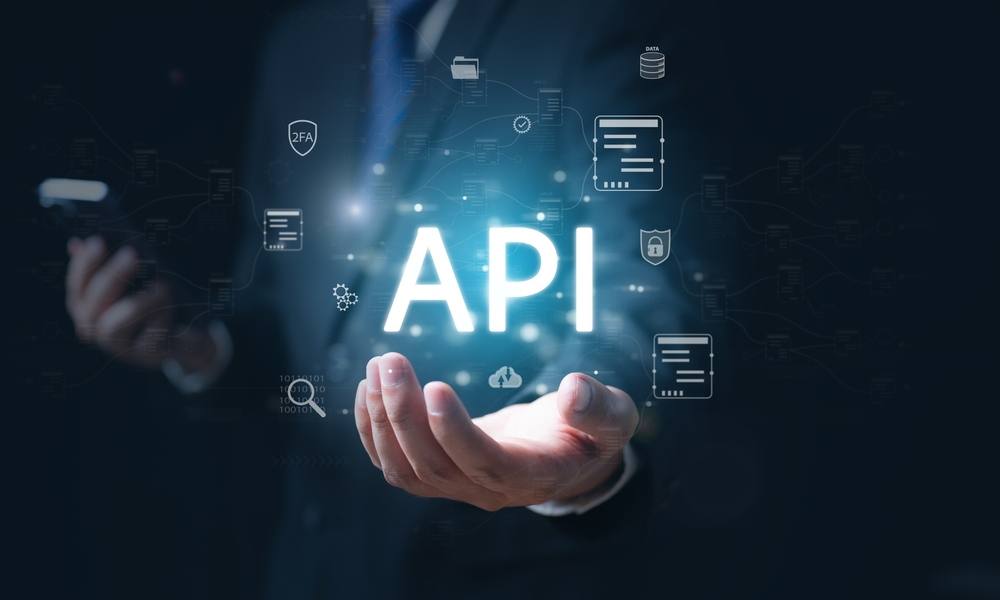
Hi, I’m Khairul—web developer, server wrangler, and professional bug whisperer. If you’re like many folks diving into web development and trying to figure out what to learn next, you’re not alone. This is the roadmap I wish someone handed me when I started. It’s designed to help you go from curious beginner to well-rounded developer with a strong technical foundation and a few impressive projects under your belt.
Whether you’re transitioning into tech, sharpening your current skillset, or exploring new tools, this guide covers it all in a straightforward, practical way—with just enough humor to keep you sane.
What You’ll Learn in This Guide
- What it means to work across both the client and server sides of applications
- The skills and technologies to focus on—based on real-world value
- Which frameworks, tools, and languages are worth your time
- How to plan your learning timeline and build projects that actually teach you something
- What it takes to land opportunities and grow professionally
Let’s get into it.
Understanding What “Full-Stack” Really Means
Being a full-stack developer means you’re involved in building both the part users interact with and the systems that keep it all running. You’re not just designing how things look—you’re making sure they work, store data, and scale efficiently.
If you want a deeper dive into how this role compares to other tech roles, I’ve outlined those distinctions in this article.
Step 1: Learn the Front-End Basics
Start here. Why? Because it’s highly visible and satisfying to build something users can interact with right away. You get feedback immediately—and that keeps the momentum going.
HTML and CSS
These two form the structure and style of every webpage.
You’ll want to get familiar with:
- HTML5 elements and attributes
- Semantic tags (they help with SEO and accessibility)
- CSS Flexbox and Grid for layout
- Responsive design practices for mobile and tablet screens
While HTML and CSS seem simple at first, mastering them takes time—and it’s worth it.
JavaScript (Modern)

JavaScript makes your pages dynamic. Once you’re comfortable with HTML and CSS, start learning:
- Variables, functions, loops, and events
- ES6 features like arrow functions, let/const, and destructuring
- The Document Object Model (DOM)
- Working with APIs and asynchronous requests using fetch or async/await
This step builds your confidence to work with dynamic, interactive elements and external data.
Pick a Framework or Library
You don’t need to learn all of them. Pick one—preferably React—and go deep.
React is widely used, and its component-based architecture makes it suitable for scalable interfaces. Other solid options are Vue.js (for a gentler learning curve) or Angular (if you prefer an opinionated structure).
To compare your options more clearly, I created this framework guide.
Step 2: Understand Back-End Development
Once you’ve got the front end under control, it’s time to tackle the functionality behind the scenes. This is where your app starts storing data, managing users, and doing the real work.
Choose a Server-Side Language and Framework
If you’re already comfortable with JavaScript, Node.js with Express is a natural transition.
Other options:
- Python with Django or Flask
- PHP with Laravel
- Ruby with Rails
There’s no “best” choice—only what suits your comfort level and project needs. This stack comparison can help you decide.
Learn API Development

This allows your front end and back end to communicate. Get used to:
- RESTful APIs (and later, GraphQL if you’re curious)
- Securing routes with authentication (JWT is a good place to start)
- Sending and receiving data in JSON format
Middleware functions are also useful to manipulate requests and manage data flow before sending responses.
Databases and Data Handling
No application is complete without some form of storage.
Options:
- Relational databases like PostgreSQL or MySQL
- NoSQL databases like MongoDB
You’ll want to understand basic operations—create, read, update, and delete data—commonly known as CRUD.
ORMS (Object-Relational Mappers) such as Sequelize or SQLAlchemy can simplify interaction with your database.
Step 3: Version Control with Git
If you’ve ever accidentally deleted your entire project folder, welcome to the club. Git prevents those nightmares.
Learn how to:
- Track changes
- Create and switch branches
- Revert mistakes
- Push to GitHub and collaborate with others
You don’t have to be a command-line wizard, but basic comfort with Git can save hours of headache.
Step 4: Deploying Your Work
Building an application is one thing—getting it online is another. Deployment shows clients, recruiters, and collaborators that your work runs in a real environment.
Start with Platforms Like:
- Vercel or Netlify for front-end frameworks like React
- Render, Railway, or Heroku for full-stack deployments
Once you’re comfortable, explore options like AWS, DigitalOcean, or Google Cloud. These offer more control but come with a learning curve.
I covered more about real-world application hosting in this article.
Step 5: Build Real Projects
Tutorials are great, but projects are where you’ll grow fast.
Here are a few project ideas:
- Budget tracker with authentication
- E-commerce product listing with cart and payment integration
- Social media profile builder
- Real-time chat app using sockets
If you need more inspiration, here’s a list of portfolio-ready projects that can showcase both your technical depth and creativity.
Don’t just build—deploy, document, and share them.
Step 6: Get Job-Ready
At this stage, your skills are coming together. Now it’s about putting them to use professionally.
Resume and GitHub
Include:
- Live links to deployed apps
- Short descriptions of each project
- Technologies used and challenges overcome
Make sure your GitHub is active and organized. Pin your best repositories.
Interview Preparation
Brush up on:
- Basic data structures (arrays, objects, hash tables)
- Common algorithms (sorting, recursion)
- Explaining how your apps work from start to finish
Even if you’re not a computer science grad, practicing problem-solving will make you a stronger developer.
For insight into demand and salaries, this job market guide outlines what’s realistic in today’s hiring landscape.
A Few Common Pitfalls (and How to Avoid Them)
- Jumping between tools too frequently
- Relying on tutorials without building from scratch
- Ignoring deployment and collaboration practices
- Trying to “learn everything” at once
Take it one layer at a time. Progress over perfection.
I shared more about this in my article on mistakes to avoid for developers who are just getting started.
Quick Recap Checklist

- Learn HTML and CSS
- Master JavaScript and a front-end framework
- Choose and build with a back-end language and framework
- Learn databases and how to handle data
- Use Git for tracking and collaboration
- Deploy your applications
- Build meaningful, real-world projects
- Prepare your resume and practice interview questions
Final Thoughts
This roadmap isn’t just about writing code—it’s about building things that solve problems. Being proficient on both sides of development takes time, but it’s absolutely achievable with consistent practice and a little patience.
You don’t need to rush through everything. Focus on finishing what you start, and always ask “What did I just learn?” after each project or challenge.
Full-stack developers are in high demand, and not just because they know more tools. It’s because they can build complete solutions. That’s what businesses need—and that’s what you’re on your way to becoming.
If you’re ever stuck, burned out, or unsure what to learn next, know that I’ve been there too. Keep building—and reach out if you need a hand.
